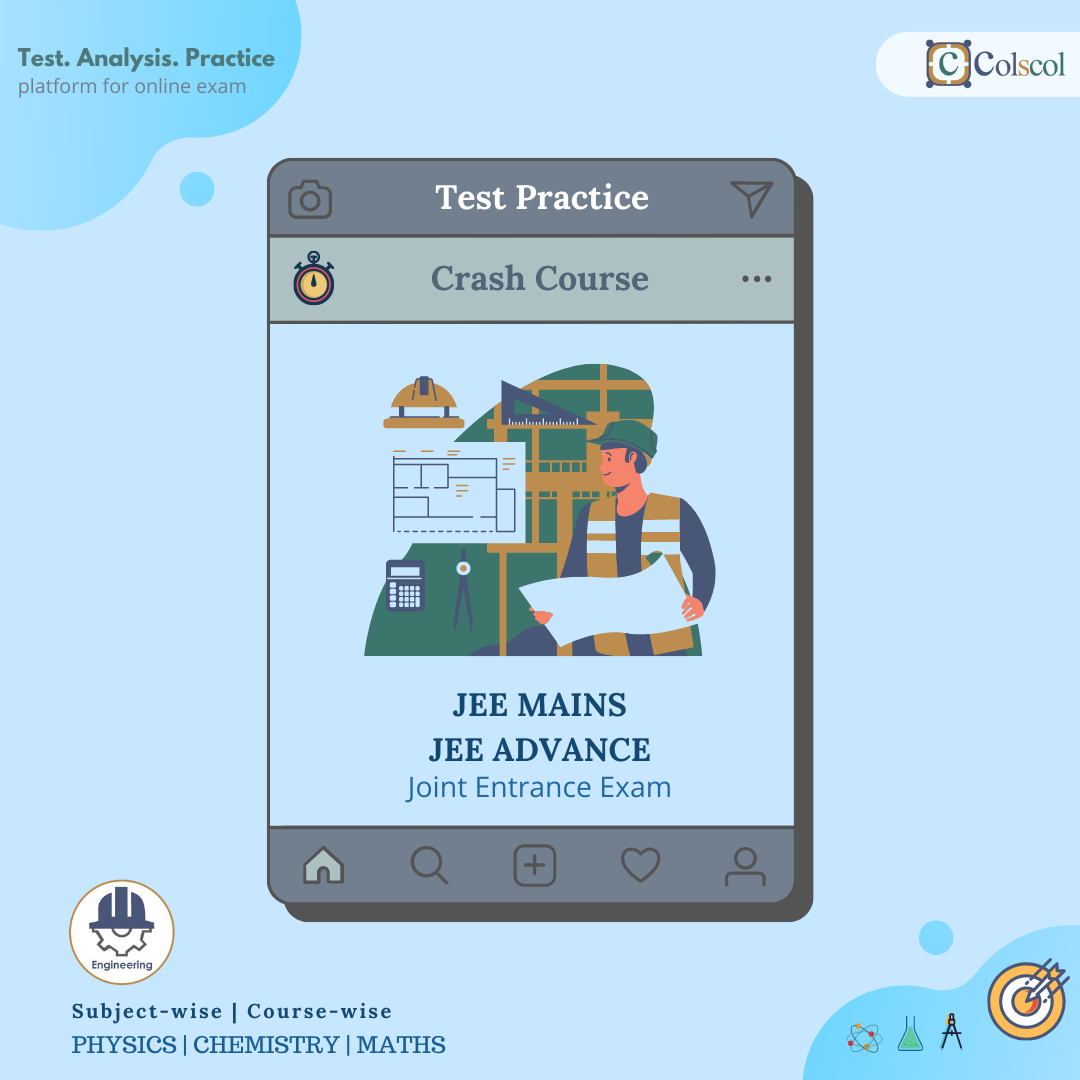Students having trouble with tough math problems who wish to score better in their mathematics examinations can refer to our free Class 12 Maths Syllabus and NCERT solutions which give students all that is necessary to prepare for their examinations and solve various math related problems. All that students need to do is go through these CBSE Class 12 Maths Syllabus and NCERT books and solve the questions and exercises given in each chapter. Students can be assured of positive results. NCERT text books can be very helpful for students in achieving maximum marks in their examinations.
Some of the topics Covered include :
TOPICS
- Relations and Functions
- Inverse Trignometric Functions
- Matrices
- Determinants
- Continuity or Differentiability
- Application of Derrivatives
- Integrals
- Application of Integrals
- Differential Equations
- Vector Algebra
- Three Dimensional Geometry
- Linear Programming
- Probability
1.A. Types of relation
1.B. Types of function
1.C. Composition of function and invertible function
1.D. Binary operation
2.B. Range
2.C. Domain
2.D. Graphs of inverse trigonometric functions
2.E. Properties of inverse trignometric functions
3.B. Order of matrix
3.C. types of matrices
3.D. Properties of transpose of matrix
3.E. Operations on matrices: addition
3.F. Multiplication of matrices
3.G. Symmetric and skew-symmetric matrices
3.H. Elementary operation of matrix
3.I. Invertible matrix
3.J. Inverse of matrix by elimentary operation
4.B. Properties of determinant
4.C. Area of a triangle
4.D. Minor and cofactors
4.E. Adjoint nand inverse of a matrix
4.F. Application of matrices and determinants: solution of linear equation using inverse of a matrix
5.B. Algebra of continuous function
5.C. Differentiability
5.D. Derrivative of composite function (chain rule)
5.E. Derrivative of impicit function
5.F. Derrivative of inverse trignometric function
5.G. Exponential logarithmic function
5.H. Logarithmic differentiation
5.I. Derrivatives of function in parametric form
5.J. Second order derrivative
5.K. Mean value theorem
6.B. Increasing and decreasing functions
6.C. Tangents and normals
6.D. Approximation
6.E. Maxima and minima: Introduction
6.F. Maxima and minima: First derrivative method
6.G. Maxima and minima: second derrivative method
6.H. Maximum and minimum value of function in closed interval
7.B. Geometric interpretation of indefinite integral
7.C. Some properties of indefinite integrals
7.D. Comparison between differentiation and integration
7.E. Methods of integration
7.F. Integration using trignometric identities
7.G. Integrals of some particular function
7.H. Integration by partial fraction
7.I. Integration by parts
7.J. Integrals of some more types
7.K. Definite integration: definite integral as a limit of a sum
7.L. Fundamental theorem of calculus
7.M. Evaluating definite integral by substitution
7.N. Some properties of definite integrals
8.B. Area of a region bounded by curve and a line
8.C. Area between two curves
9.B. Degree of a differential equation
9.C. General and particular solutions of differential equation
9.D. Formation of differential equation whose general solution is given
9.E. Methods of solving first order, first degree differential equation
9.D. Homogeneous differential equation
9.E. Linear differential equation
10.B. Types of vectors
10.C. Addition of vectors
10.D. Multiplication of vector by a scalar: components of vector
10.E. Vector joing two points
10.F. Section formula
10.G. Product of two vectors: scalar product and application
10.H. Scalar triple product
10.I. Cross product of two vectors
11.B. Equation of a line in space
11.C. Angle between two lines
11.D. Shortest distance between two lines
11.E. Plane: equation of plane in normal form
11.F. “Equation of a plane perpendicular to a given vector and passing through a given point”
11.G. Equation of plane passing through three non collinear points
11.H. “Intercept form of equation of line and a plane passing throug through
the intersection of two given plane”
11.I. Coplanarity of two lines
11.J. Angle between two planes
11.K. Distance of a point from a plane
11.L. Angle between a line and a plane
12.B. Graphical method of solving linear programming problem
12.C. Different types of linear programming problem
13.B. multiplication theorem on probability
13.C. independent events
13.D. total probability
13.E. Baye’s theorem
13.F. Random variable and its probability distribution
13.G. mean and variance of random variable
13.H. Repeated independent (Bernoulli) trials and Binomial distribution



